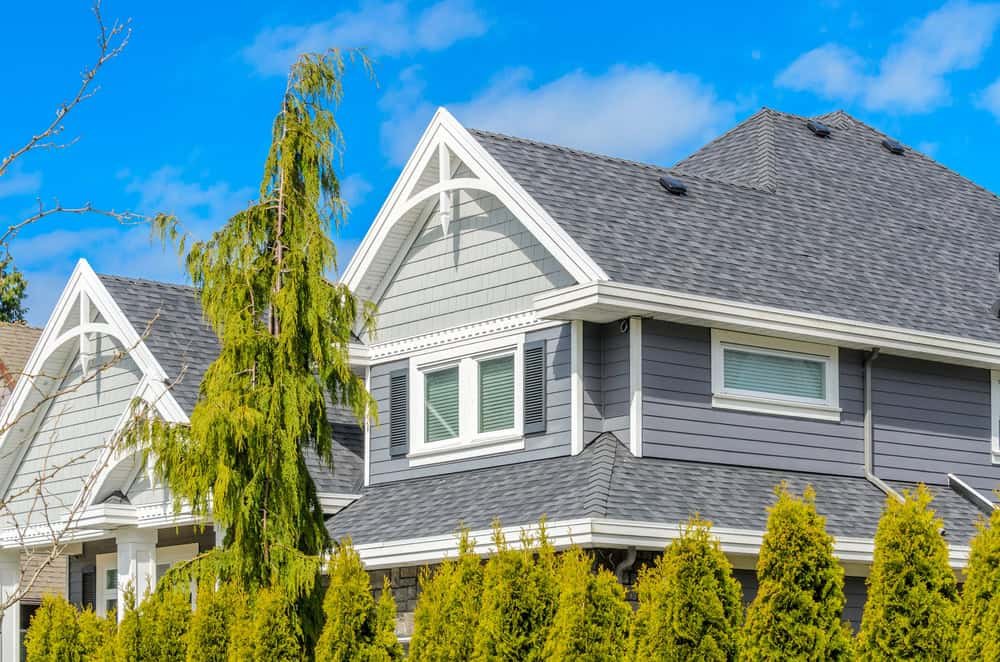Roofer in Crescent Beach, FL
Your Roof Deserves Coastal Protection
When Florida’s weather tests your roof, you need a roofer who understands Crescent Beach’s unique challenges—from saltwater corrosion to hurricane-force winds.
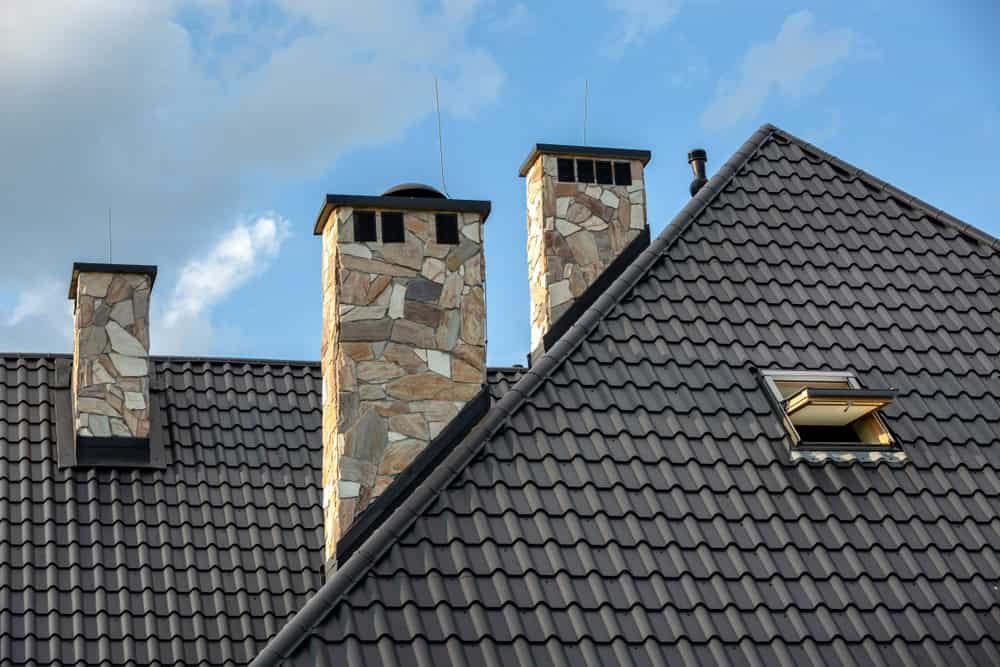
Reviews
100% Customer Satisfaction
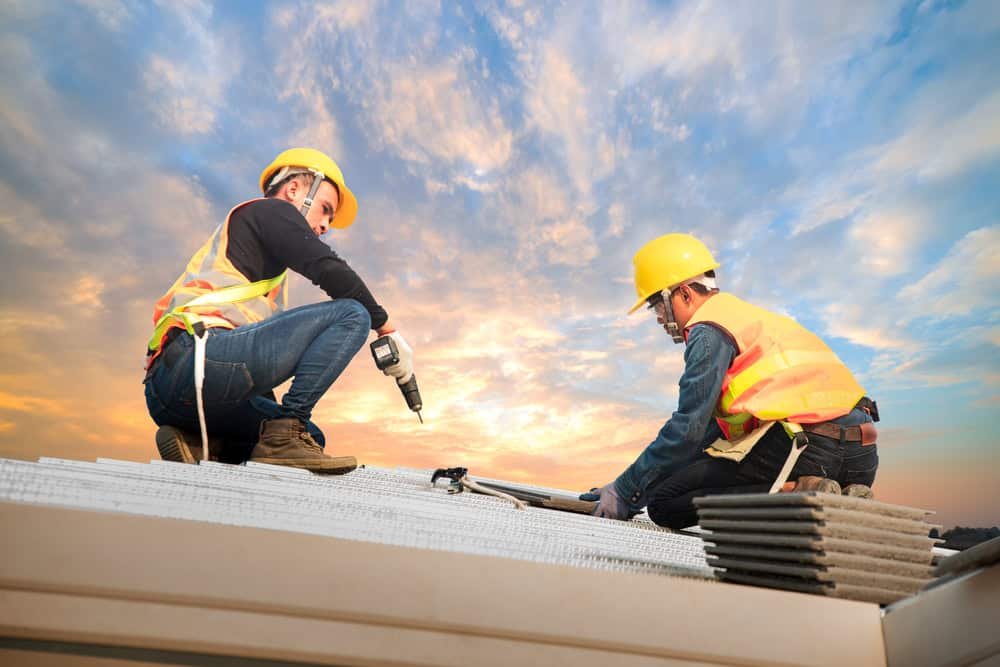
Coastal Roofing Services Crescent Beach
Your roof takes a beating from constant rain, blazing sun, and salt air that corrodes standard materials. You shouldn’t have to wonder if it’ll hold up during the next storm.
With proper coastal roofing solutions, you get peace of mind knowing your home is protected. No more sleepless nights during hurricane season or surprise leaks after heavy rain.
That’s what happens when you work with roofers who actually understand what Crescent Beach weather does to roofs—and how to build them to last.
Local Roofer Crescent Beach FL
We’ve spent over 20 years protecting homes in Sarasota County. We’re not just another roofing company—we’re your neighbors who understand exactly what coastal weather does to roofs.
We’ve seen how salt air corrodes flashing, how humidity warps shingles, and how Florida’s lightning strikes can damage even the sturdiest systems. That’s why we use materials specifically designed for coastal conditions.
Being family-owned means we treat every roof like it’s protecting our own family. You won’t get the runaround or high-pressure sales tactics—just honest assessments and quality work.
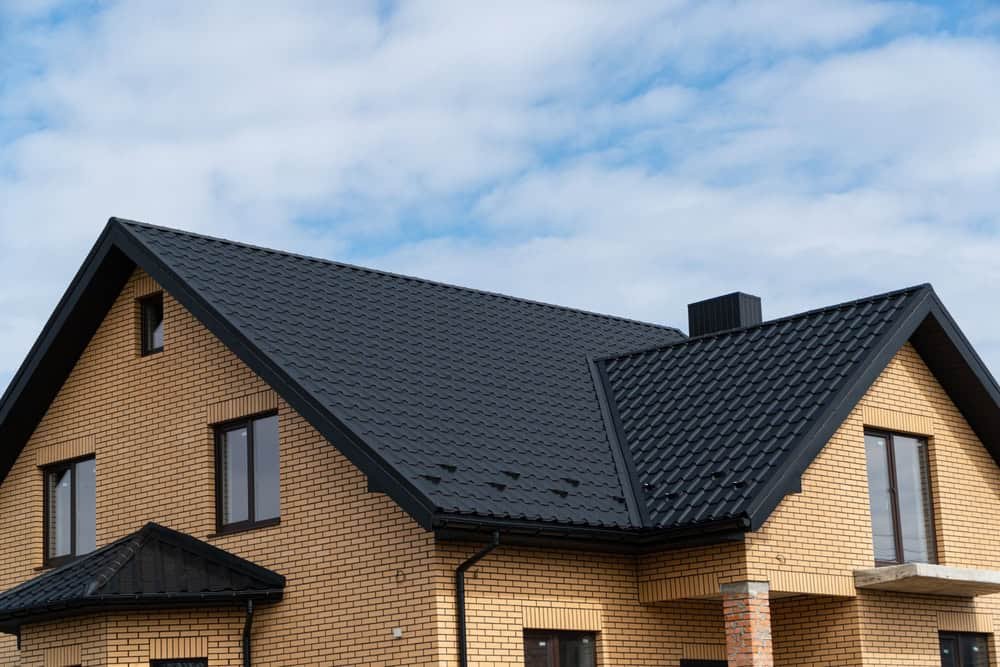
Roof Repair Process Crescent Beach
First, we inspect your roof thoroughly—not just the obvious spots, but the areas where coastal weather typically causes hidden damage. We look for salt corrosion, wind damage, and signs of moisture infiltration.
Next, we explain exactly what we found and what needs attention. No confusing technical jargon or unnecessary upselling. Just clear information about your roof’s condition and your options.
Then we get to work using materials that can handle Crescent Beach’s climate. We’re talking about corrosion-resistant components, impact-resistant shingles, and proper ventilation systems that prevent moisture buildup in Florida’s humidity.
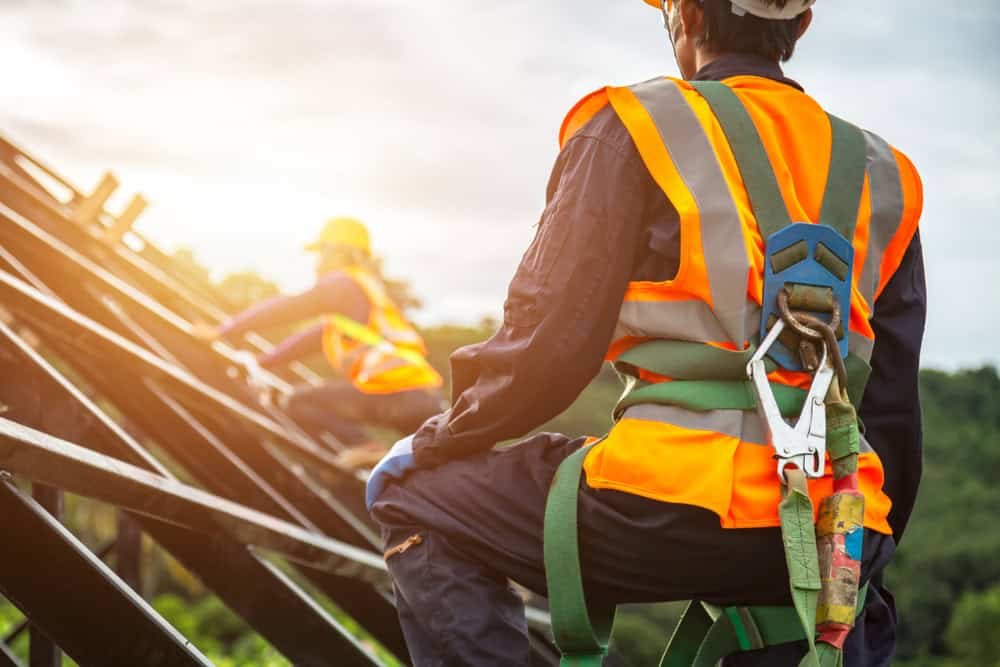
Ready to get started?
Roofing Company Crescent Beach FL
Every project includes a comprehensive inspection using advanced tools to detect problems before they become expensive disasters. We check for the specific issues that plague coastal roofs—like saltwater damage to metal components and wind-lifted shingles.
In Crescent Beach, we see roofs fail because contractors don’t understand how different this environment is from inland areas. The constant salt exposure, higher humidity, and intense UV rays require specialized approaches that most roofers simply don’t know about.
You get detailed reports with photos showing exactly what we found, plus clear recommendations for repairs or replacements. We use premium materials from GAF and Owens Corning specifically rated for coastal applications, not the standard products that fail quickly in this environment.
